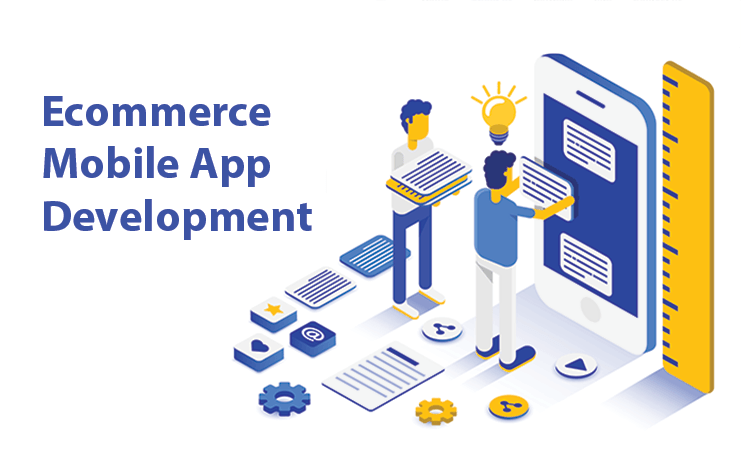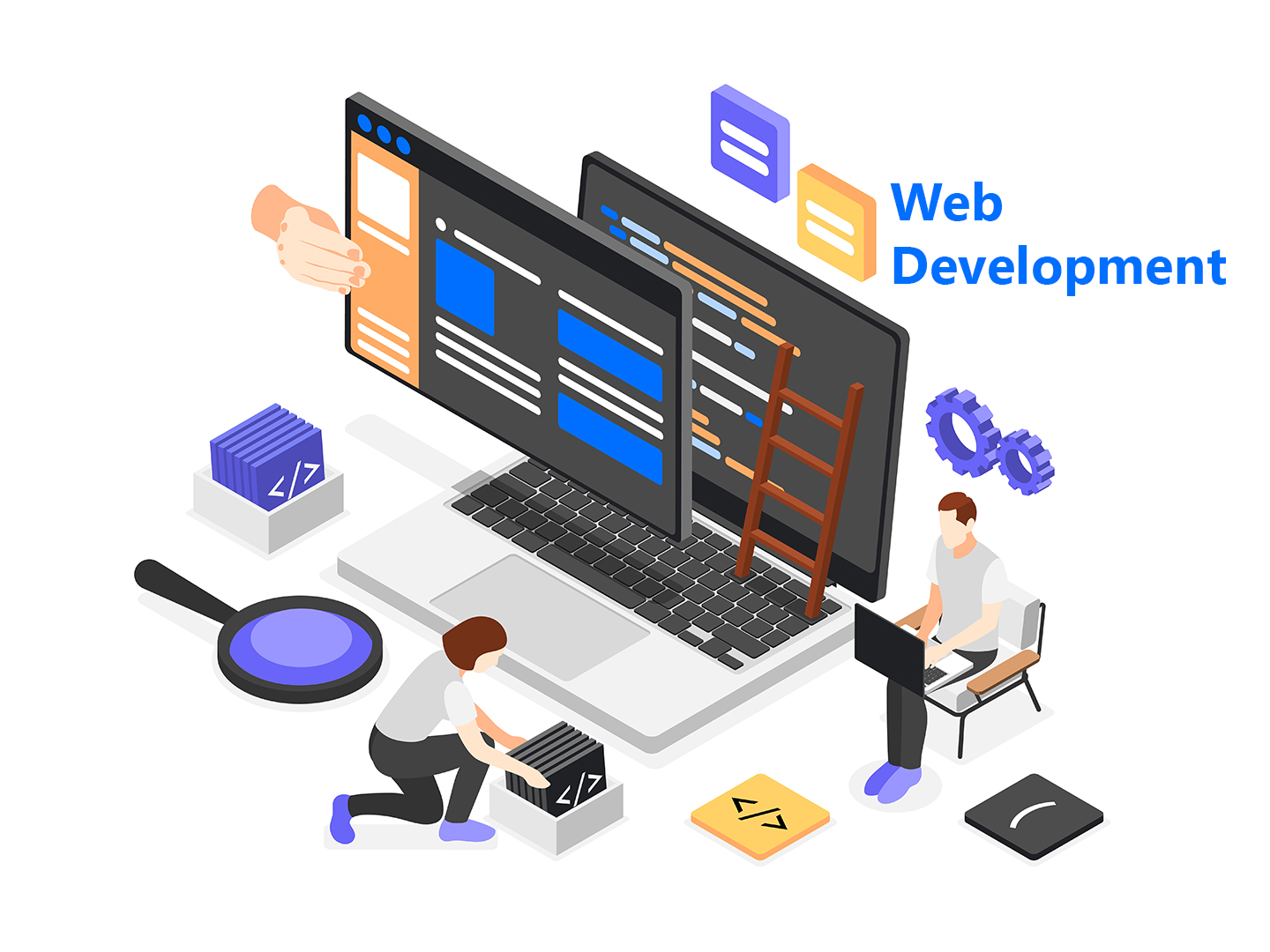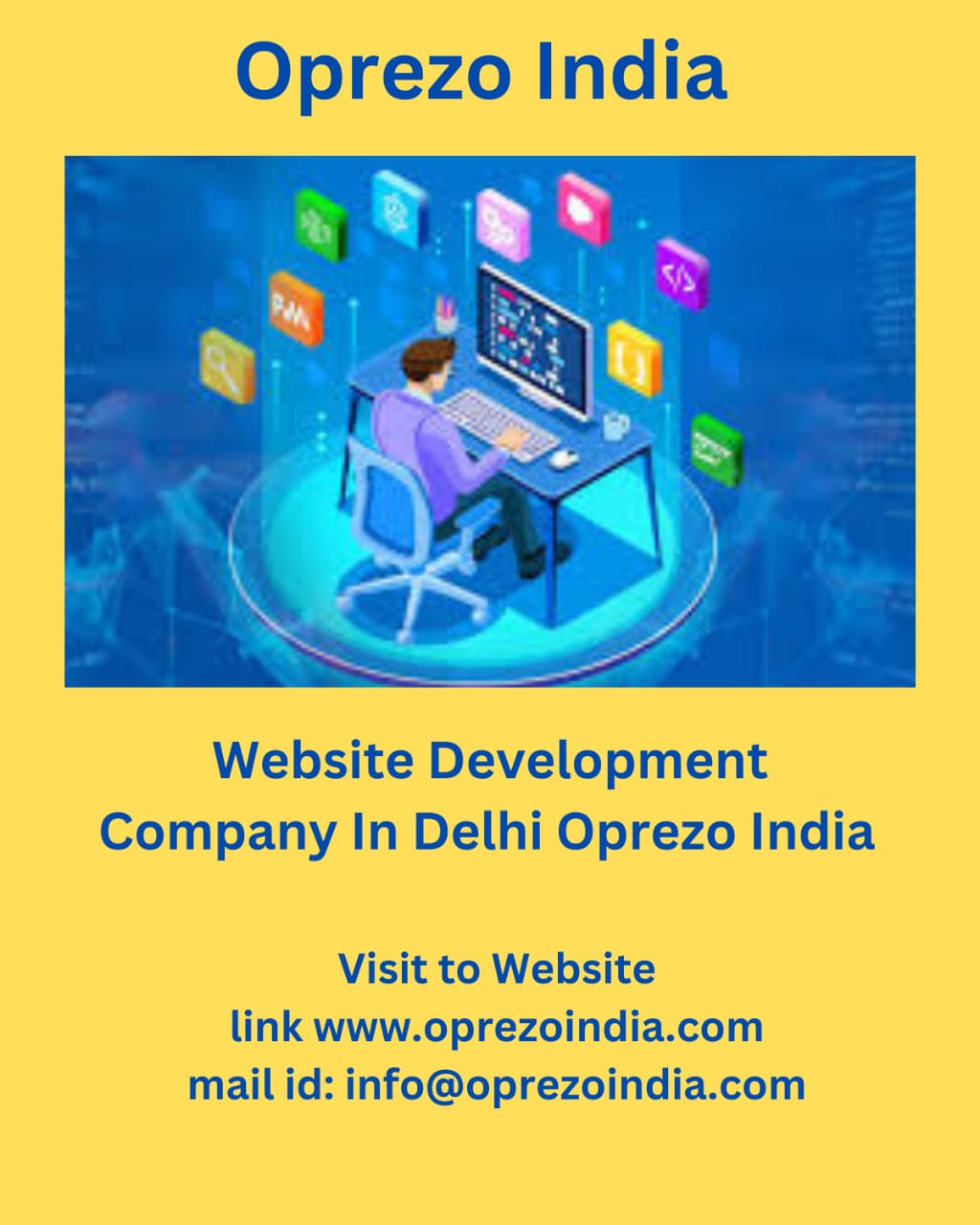
Introduction
With the boom of online shopping, creating a robust and user-friendly e-commerce app is essential for businesses aiming to expand their digital presence. Building an e-commerce app might seem challenging for beginners, but with the right resources, tools, and guidance, it’s possible to create a high-quality app that meets user expectations. At Oprezo India, we’ve put together a list of resources that will guide you step-by-step through the process of developing your own e-commerce app from scratch.
Before you dive into coding, it’s important to choose a suitable e-commerce platform. Some beginner-friendly platforms allow you to build an e-commerce app with minimal technical knowledge, while others offer full customization with coding.
Shopify Mobile SDK: Shopify offers a mobile SDK that helps developers integrate their e-commerce functionality into mobile apps. It’s ideal for beginners as it comes with pre-built components and easy integration with Shopify’s back-end.
WooCommerce REST API: If you’re building an app for a WooCommerce store, the WooCommerce REST API is a great resource. It allows you to interact with WooCommerce stores using an API, making it easier to develop a custom app while leveraging WooCommerce’s features.
Both of these platforms offer extensive documentation and developer support, making them great starting points for beginners in e-commerce app development.
For those looking to code from scratch, understanding programming languages used for mobile app development is essential. Here are the top languages for developing e-commerce apps:
Swift (for iOS): Swift is the go-to language for developing iOS apps. For beginners looking to create e-commerce apps on iPhone or iPad, Swift offers an easy-to-learn syntax and powerful development capabilities.
Kotlin (for Android): Kotlin is now the preferred language for Android app development. With its concise syntax and interoperability with Java, Kotlin is ideal for beginners looking to build Android e-commerce apps.
JavaScript and React Native: If you’re interested in cross-platform development, React Native allows you to build apps for both iOS and Android using JavaScript. It’s a popular choice for e-commerce apps because it saves development time and offers a consistent user experience across platforms.
For beginners, learning these programming languages through tutorials, books, or online courses will give you the foundation you need to build your app.
Many online resources provide tutorials specifically designed for e-commerce app development. These tutorials offer a hands-on approach, guiding you through the process of building an app from scratch.
Udemy – Build an e-commerce App with Flutter and Firebase: This course is beginner-friendly and covers how to create an e-commerce app using Flutter, a powerful framework for cross-platform development, and Firebase, a real-time database service.
Coursera – Developing iOS Apps for E-commerce: Coursera’s iOS-specific course will help beginners create e-commerce apps using Swift, with a focus on creating smooth, user-friendly interfaces and secure payment gateways.
YouTube Tutorials – E-commerce App Development: YouTube offers free tutorials, such as CodeWithHarry and Traversy Media, which provide step-by-step instructions on building e-commerce apps using different programming languages and frameworks.
These resources provide detailed instructions, making it easy for beginners to follow along and build their first e-commerce app.
Understanding the core features of an e-commerce app is crucial before you start development. Here are the key features every e-commerce app should have:
User Authentication: Secure login and registration process, often integrated with social media login options.
Product Catalog: A dynamic catalog that allows users to browse, search, and filter products.
Shopping Cart and Checkout: The ability for users to add items to a cart and proceed through a smooth checkout process with integrated payment gateways like Stripe or PayPal.
Push Notifications: Push notifications for order updates, promotions, and personalized offers.
Order Tracking: A system that allows users to track their orders in real time.
By understanding these key features, you can prioritize their integration when building your e-commerce app.
Design plays a crucial role in the success of any e-commerce app. The user interface (UI) should be simple and intuitive, while the user experience (UX) should focus on seamless navigation and quick transactions.
Figma and Adobe XD: These design tools help you create wireframes and prototypes of your e-commerce app. For beginners, both platforms offer tutorials and templates that you can use to design the layout and flow of your app.
Material Design (for Android) and Human Interface Guidelines (for iOS): These are design frameworks provided by Google and Apple, respectively, and they guide you on best practices for app layout, iconography, and navigation patterns.
A well-designed app can significantly improve user engagement and boost conversion rates, making design a key aspect of e-commerce app development.
Exploring open-source projects can provide a better understanding of how e-commerce apps are built. Here are a few repositories that beginners can use to learn:
React Native E-commerce Template: This template available on GitHub helps beginners kick-start their e-commerce app with pre-built components and features.
Flutter E-commerce Template: Similarly, if you’re working with Flutter, there are open-source Flutter e-commerce templates on GitHub that provide a solid foundation for app development.
By studying and experimenting with these open-source projects, you can learn best practices and avoid common pitfalls in e-commerce app development.
An e-commerce app requires a robust backend to manage user data, products, orders, and payments. Beginners can explore the following backend technologies:
Firebase: Firebase is a beginner-friendly backend service that provides real-time databases, authentication, and analytics. It’s widely used for e-commerce apps because of its simplicity and scalability.
Node.js with MongoDB: For more custom solutions, beginners can learn Node.js and MongoDB to handle back-end logic and databases. Both are widely used in web and mobile development and are ideal for building e-commerce backends.
Learning backend development will help you manage the app’s data efficiently and ensure smooth functionality.
Building an e-commerce app might seem like a challenging task for beginners, but with the right resources and tools, it can be an exciting and rewarding experience. Oprezo India believes in empowering aspiring developers with the knowledge and resources they need to succeed in e-commerce app development. By following this guide and utilizing the suggested tutorials, platforms, and tools, you’ll be well on your way to developing your first e-commerce app!
 Best Mobile App Development Company in Delhi NCR | Oprezo India
Best Mobile App Development Company in Delhi NCR | Oprezo India
 Top Web Development Services in Delhi/NCR | Oprezo India – React JS, Angular JS, eCommerce & More
Top Web Development Services in Delhi/NCR | Oprezo India – React JS, Angular JS, eCommerce & More
 Top Mobile App Development Company in Delhi / NCR | Oprezo India
Top Mobile App Development Company in Delhi / NCR | Oprezo India
 Mobile App Development in Delhi - Android, iOS, Hybrid & Flutter | Oprezo India
Mobile App Development in Delhi - Android, iOS, Hybrid & Flutter | Oprezo India
 Why Oprezo India is the Best Web Development Partner in Delhi NCR?
Why Oprezo India is the Best Web Development Partner in Delhi NCR?